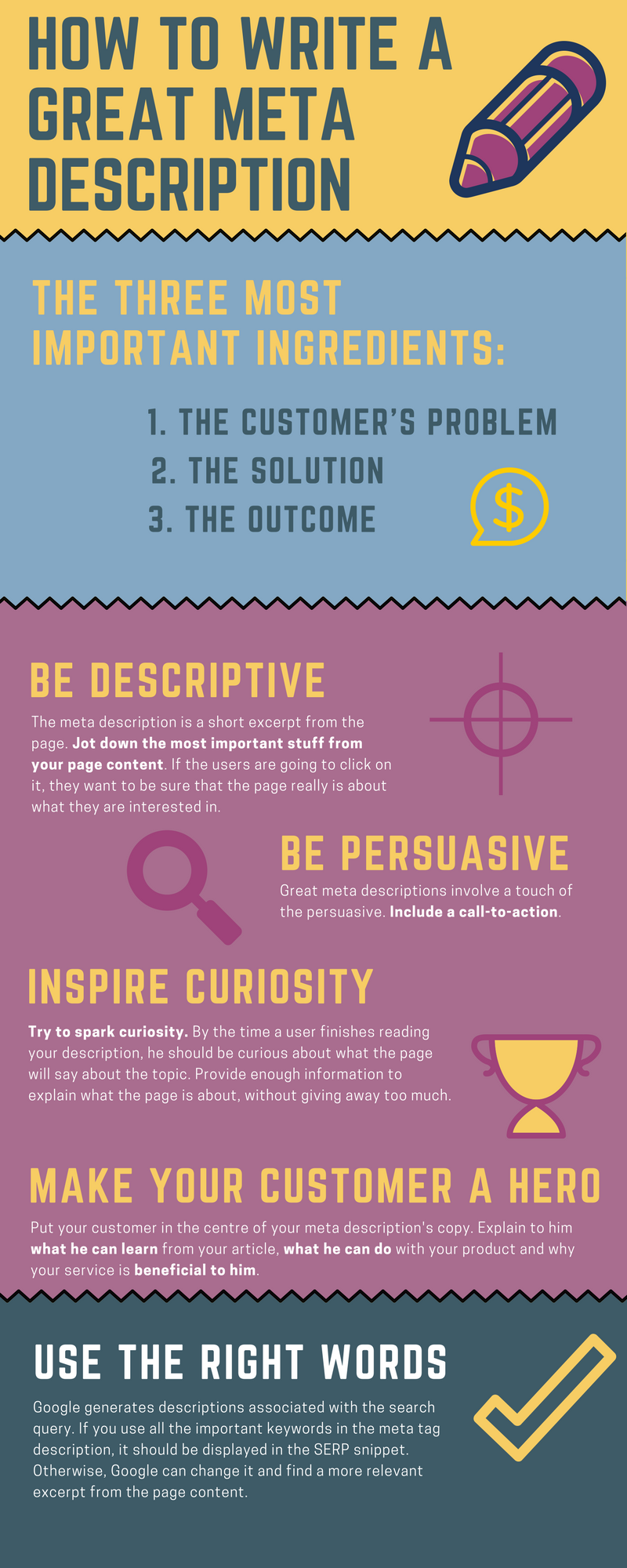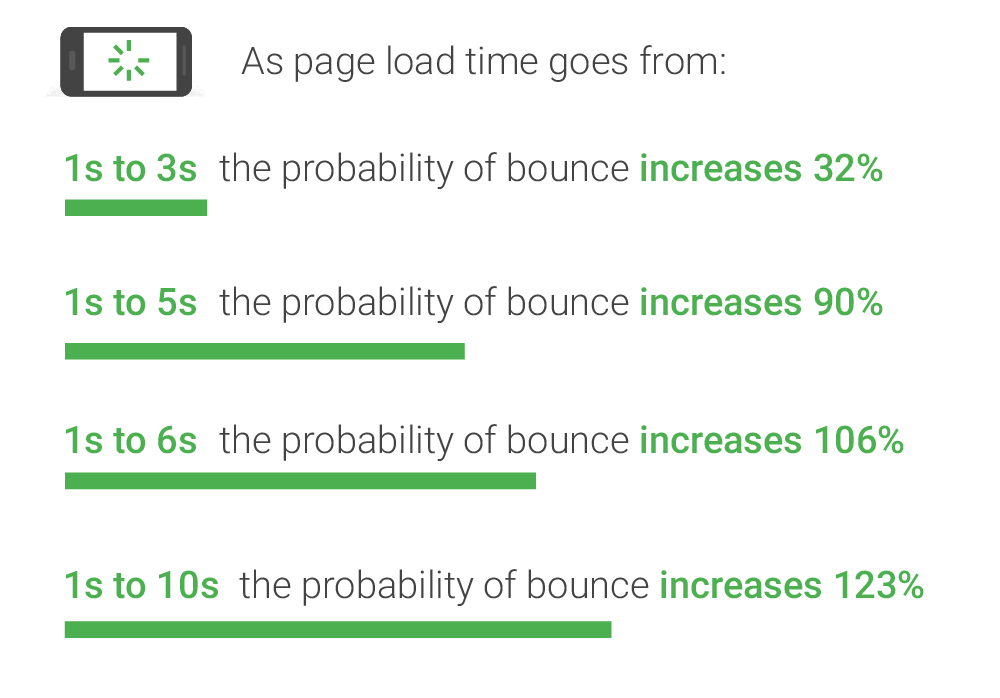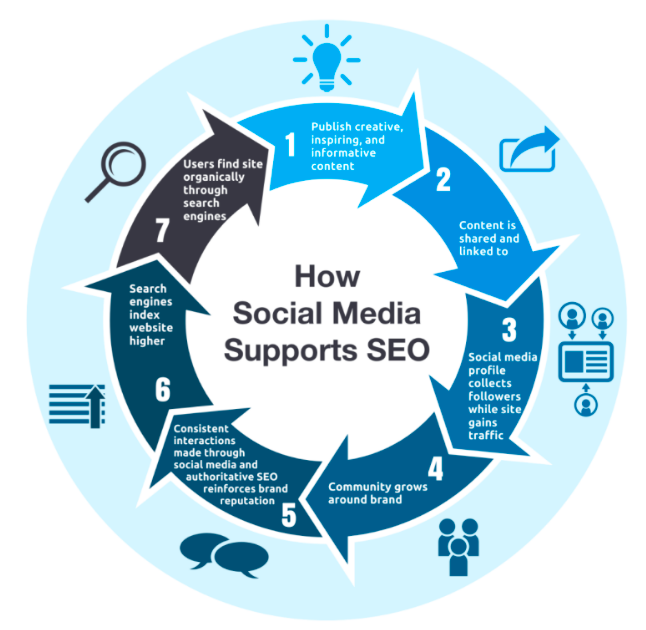
You don’t always need to hire a specialist agency or invest a large part of your budget to improve your SEO. You don’t necessarily need a lot of time either.
While it’s true that your digital marketing strategy should be long-term and ongoing to see the best results, you can also make a big improvement to your SEO in a short space of time.
This seven-day guide will take you through some straightforward steps to improve your SEO that could make a big difference to your ranking.
Quick Takeaways
- SEO should be an on-going process, but there are some quick and easy things you can do to optimize your site.
- Start by doing a thorough audit of your existing site and content to see what you can improve.
- SEO is not all about links from other sites. There’s a lot you can do on your own site to improve your search engine ranking.
- Good keyword research and publishing content regularly are some of the most important things you can do to ensure a good long-term SEO strategy.
Day 1: Audit Your Existing Content
Unless your business is brand new, you won’t be starting from scratch when it comes to SEO.
You most likely already have a website with some content on it, so start by doing a full audit of your site to identify where you can make some quick wins.
Take a peek at your website analytics and note which of your posts are doing well and which are underperforming. In some cases, you can improve poorly performing posts, and other times you can improve your SEO by removing old, outdated posts and redirecting traffic to a better piece of content.
It may well be the case that much of your early content was written without keeping SEO in mind. If this is the case, you can often improve your SEO greatly by updating and re-purposing some of your content to include keywords you’ve identified (more on keyword research later).
You should also make a note of any missing meta tags, images without alt descriptions, and any other quick improvements you can make in general.
For example, if you have a post that contains some good information but it’s a wall of text that’s difficult to read, you can easily improve it by breaking up the text into smaller paragraphs with subheadings and including some images, pull-quotes, and bullet points.
Day 2: Fill Out or Improve All Meta Tags and Alt Tags and Improve Existing Content
A comprehensive content audit can easily take a whole day (or longer for large sites). On day two, it’s time to start acting on the results of your audit by fixing some of the problems you found.
This includes making sure your meta tags are filled out with a description that’s enticing for search engine users and that contains your main keyword.

Image alt tags are another place where you can do some quick SEO. Make sure all your image alt tags are filled out. Include your keywords if it makes sense to do so.
Go through the posts you’ve identified for improvements and make the necessary changes. This is likely to take some time but you can start with a single post and set aside some time daily or weekly to go through your entire list of posts.
Day 3: Improve Your Site Speed
Site speed is an important ranking factor. Google and other search engines want their users to have the best possible user experience. A page that is slow to load does not make for a great experience.

All other things being equal, Google will rank a fast-loading page over a slow-loading one, so it’s worth doing what you can to optimize your site speed.
A good place to start is by running your site through Google’s PageSpeed Insights tool. This will give you an idea of how fast your site is loading. It will also offer some suggestions on how to improve it.
Compressing images is often one of the easiest ways to improve your page load time. You can also install a caching plugin if your site runs on WordPress.
Using a CDN can also be an effective way to improve your site speed without making any other changes to your site.
In some cases, if your site is running very slow, you may need to consider a complete re-design or moving to a different web host.
Day 4: Improve Internal Links
Everyone knows that links from other sites can improve your SEO. But the importance of internal linking is often overlooked.
Internal links help to link your related content together, making it easier for search engines like Google to find your important pages. They can increase the time that users spend on your website too.
Start by fixing or removing any broken links. You can do this manually on a post-by-post basis, or you can use a plugin or software that will scan your site for broken links.
After fixing your broken links, go through all your posts and make sure they’re interlinked by adding in-content links to other relevant content. Aim to add the most links to your best posts or those that are already ranking well but could use a boost.
Day 5: Fill Out or Update Your Google Business Profile
Google business listings can help your company come up in local searches in Google Search and Maps. They are also vital for adding legitimacy to businesses that operate online.
This is particularly important if you have a physical presence or you provide services on a local basis.
If you’ve not yet claimed your Google My Business profile, do it now. If you already have a profile, this is the time to go through and make sure all of your business details are up to date and match what’s on your website and social profiles.
Even a small discrepancy in something like your address or telephone number could negatively impact your SEO, so it’s important to make sure these details are exactly the same everywhere you publish them. Update them as soon as something changes.
Day 6: Attract Some Easy Links
Link building is one of the cornerstones of successful SEO. It’s possible to plow a lot of time, energy, and money into building links, but there are some easy ways to attract links too.
Start by making sure you’re posting all your content to your social media networks. You can use marketing automation software to automatically post to all your social media channels when you publish.
You should also periodically post links to old content on social media. Just because you published it a while ago doesn’t mean that it’s no longer relevant or that new followers wouldn’t be interested in it.
Links from your own social media channel and from re-shares count as links in their own right. They can also make other people and businesses aware of your content, and then they may later choose to link to it from their own web properties.

Day 7: Build Your Content Plan
Regularly publishing high-quality content that’s written with SEO in mind is one of the most effective ways of driving traffic to your site.
In the process of completing your content audit, you probably identified some content gaps in your site, so this is your chance to fill them. You can also look at which of your content is doing well and aim to produce more of the same.
It would be beyond the scope of this article to go into the details of everything that goes into content planning and strategy but it’s a fairly simple process to integrate SEO into your short and long-term content plan.
Keywords are the key to success when it comes to SEO-friendly content. It’s certainly a best practice to make sure you’ve done your audience research and you’re writing for people, not search engines, but it doesn’t hurt to throw a few keywords in there too.
When conducting keyword research, think about the words and phrases that your audience is likely to type into search engines when they’re looking for information to help them overcome their challenges.
If you type these keywords into Google, you’ll see the sort of articles and sites that are coming up – this is your competition.
Ideally, you need to create content that answers your target search queries in a better or more comprehensive way than the existing ranking content.
You’ll also get more ideas for keywords by studying the “People also ask” and “Searches related to…” sections in the Google search results.
When you’ve come up with a list of related keywords for a particular subject, you can start to get some ideas for content topics to incorporate these keywords.
Normally, your main keyword will be incorporated into the title of your article and you might want to include other related keywords as sub-headings. But at the least, you need to make sure your targeted keywords are included in your content somewhere.
There are many keyword research and content planning tools available that can help you find relevant keywords to attract the right traffic and create content to fit those keywords.
Alternatively, you can opt to work with a content marketing agency that will do all the hard work for you.
If you are ready to get more traffic to your site with quality content published consistently, check out our Content Builder Service.
Set up a quick consultation, and I’ll send you a free PDF version of my books. Get started today–and generate more traffic and leads for your business.
The post How to Quickly Improve Your SEO in 7 Days appeared first on Marketing Insider Group.
How to Quickly Improve Your SEO in 7 Days posted first on http://rssmix.com/u/11592782/rss.xml
No comments:
Post a Comment